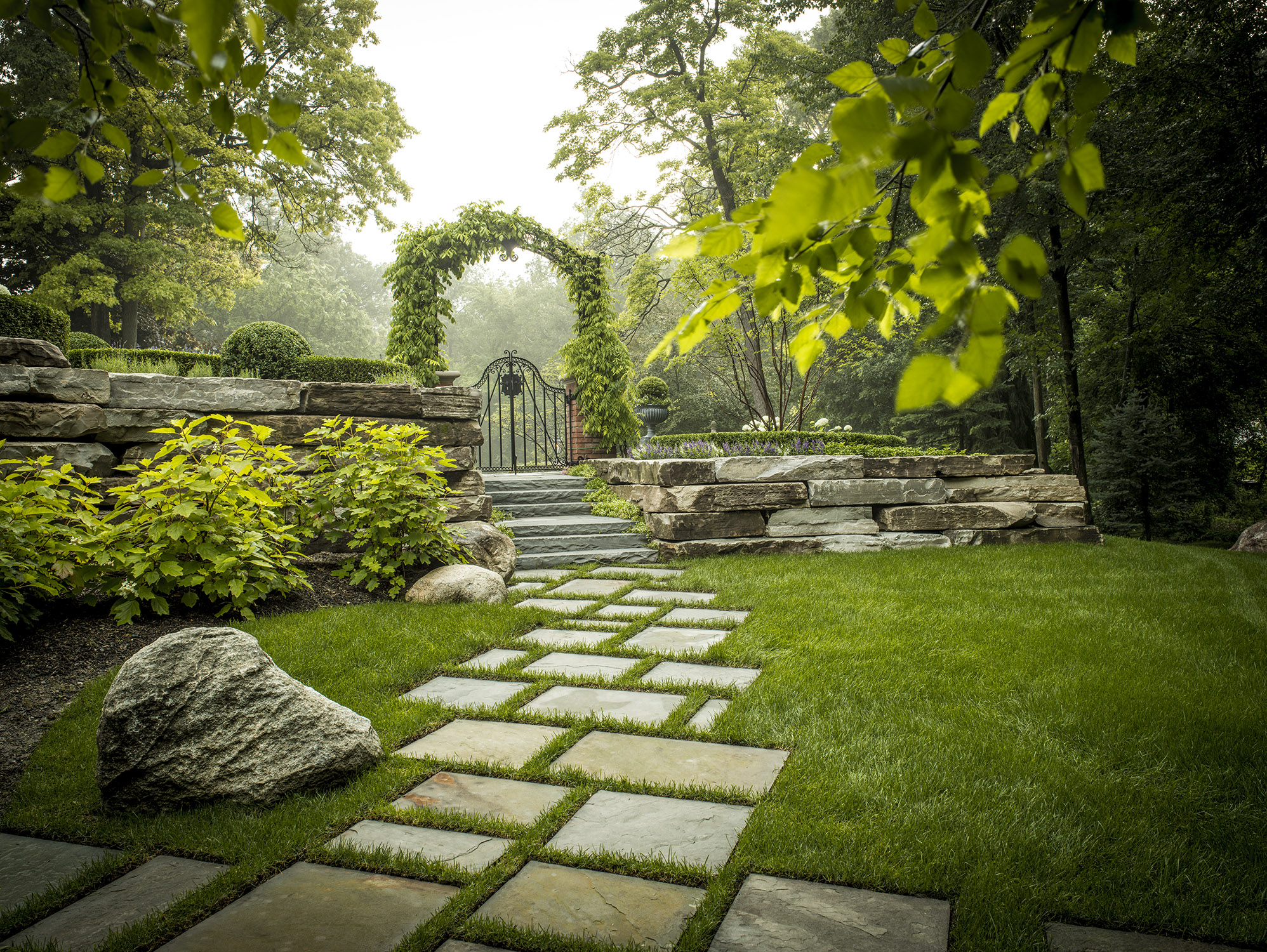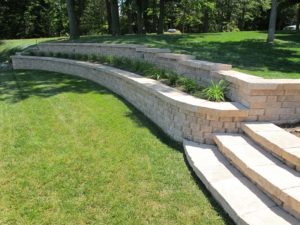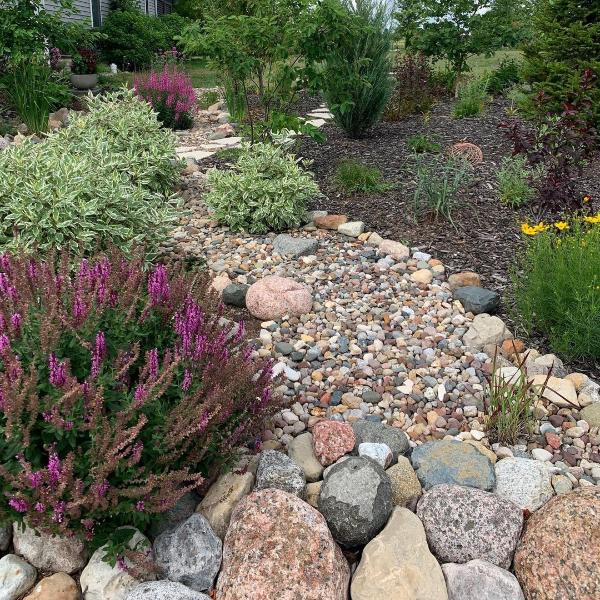The Of Hilton Head Landscapes
The Of Hilton Head Landscapes
Blog Article
Our Hilton Head Landscapes Ideas
Table of ContentsThe Main Principles Of Hilton Head Landscapes Everything about Hilton Head LandscapesGetting My Hilton Head Landscapes To WorkNot known Incorrect Statements About Hilton Head Landscapes The Facts About Hilton Head Landscapes RevealedNot known Incorrect Statements About Hilton Head Landscapes A Biased View of Hilton Head Landscapes
Line creates all types and patterns and can be used in a range of ways in the landscape. Line in the landscape is produced by the side between two products, the summary or shape of a kind, or a lengthy linear function. Lines are an effective tool for the designer because they can be used to create an infinite range of shapes and kinds, and they regulate movement of the eye and the body.

Lines in the landscape. The buildings of lines determine exactly how people react to the landscape, both psychologically and literally.
How Hilton Head Landscapes can Save You Time, Stress, and Money.
Straight lines are most usually found in hardscape sides and material. Bent lines develop an informal, all-natural, relaxed personality that is linked a lot more with nature and asymmetrical balance. Curved lines relocate the eye at a slower pace and include secret to the space by producing concealed sights. Vertical lines relocate the eye up, making a room feel larger.
Vertical lines in the landscape include high, narrow plant product, such as trees, or high frameworks, such as an arbor or a bird house on a pole. Straight lines move the eye along the ground plane and can make an area really feel larger. Low lines are a lot more subdued and create a sensation of rest or repose.
Hilton Head Landscapes Things To Know Before You Get This
Low lines are developed by low yard wall surfaces, walkways, and short hedges. Lines are made use of to draw kinds on a strategy. In plan view, they define plant beds and hardscape areas. Lines are likewise created by the upright kinds of constructed functions and plant product. There are three primary line types that develop kind in the landscape: bedlines, hardscape lines, and plant lines.
Bedlines link plant product to your house and hardscape due to the fact that the eye adheres to the line, relocating the look with the landscape. Hardscape lines are developed by the side of the hardscape, which delineates the constructed framework. Line can also be developed by long and narrow products, such as a fence or wall surface.
Our Hilton Head Landscapes Diaries
Kind is located in both hardscape and plants, and it is commonly the dominant aesthetic aspect that spatially arranges the landscape and commonly establishes the style of the yard. The type of structures, plant beds, and yard accessories also establishes the total type theme of the garden. Official, geometric types consist of circles, squares, and polygons.
Plants create form in the yard via their details or silhouettes, yet type can also be specified by a gap or negative space in between plants - landscaping hilton head sc (https://hilton-head-landscapes-46665114.hubspotpagebuilder.com/blog/transform-your-outdoor-space-with-hilton-head-landscapers). Circles can be complete circles, or they can be split right into half circles or circle segments and incorporated with lines to develop arcs and tangents
See This Report on Hilton Head Landscapes
Circles are a solid layout form due to the fact that the eye is always drawn to the center, which can be used to highlight a focal point or connect various other types. Round kinds in hardscape and yard panels.
The square type can additionally be fractional and pre-owned continuously to develop a grid pattern. Unlike circles, squares are more powerful on the edges, which can be lined up or overlapped to produce distinct patterns and more intricate forms.
Twisting lines often resemble the all-natural course of rivers or streams and can be referred to as smooth lines with deeply bent undulations. Meandering lines (Figure 3) work well for paths, plant bedlines, and dry stream beds. Meandering lines can add interest and mystery to a yard by leading customers around edges to find new views and spaces.
The Best Guide To Hilton Head Landscapes

Usual plant forms are well developed and standardized, as form is the most constant and identifiable feature of plants. Type can also be developed with the massing of plants, where the total mass creates a different form than a specific plant.
A highly contrasting kind needs to be used with careone or 2 work well as a prime focus, yet way too many develop turmoil. Natural plant kinds, rather than over-trimmed kinds, must develop the bulk of the composition. The importance of general form is essentially based on the viewing perspectivethe kind of a tree can appear quite various to a person standing under the cover versus seeing the tree from a range in an open field.
Everything about Hilton Head Landscapes
Plant kinds additionally create and define deep space or open rooms between the plants, creating either convex or concave types in the spaces. High-arching tree branches generally produce a concave open area under the branches, and a round canopy with low branches fills up the area to develop a convex form in the open space under the tree.

Report this page